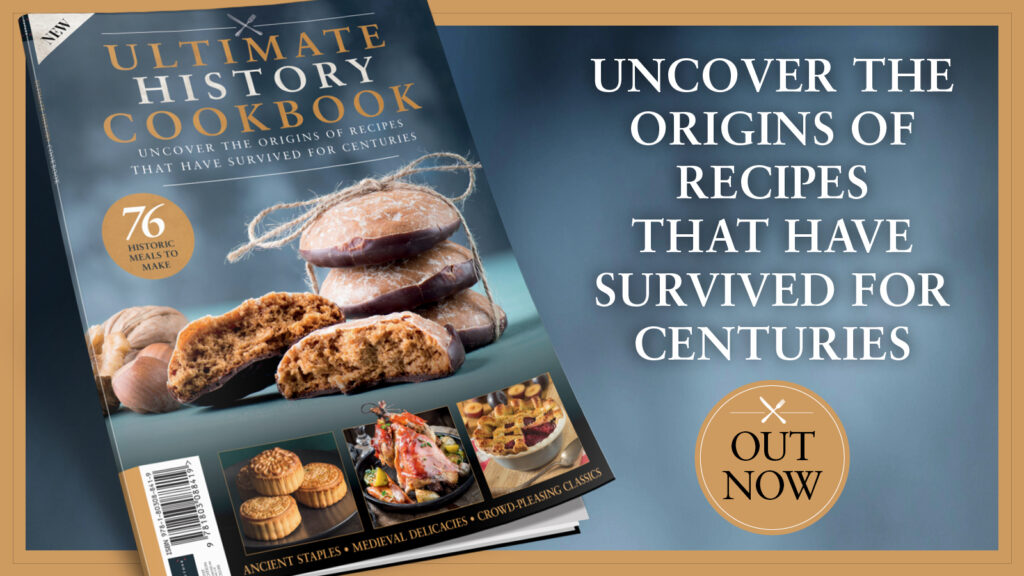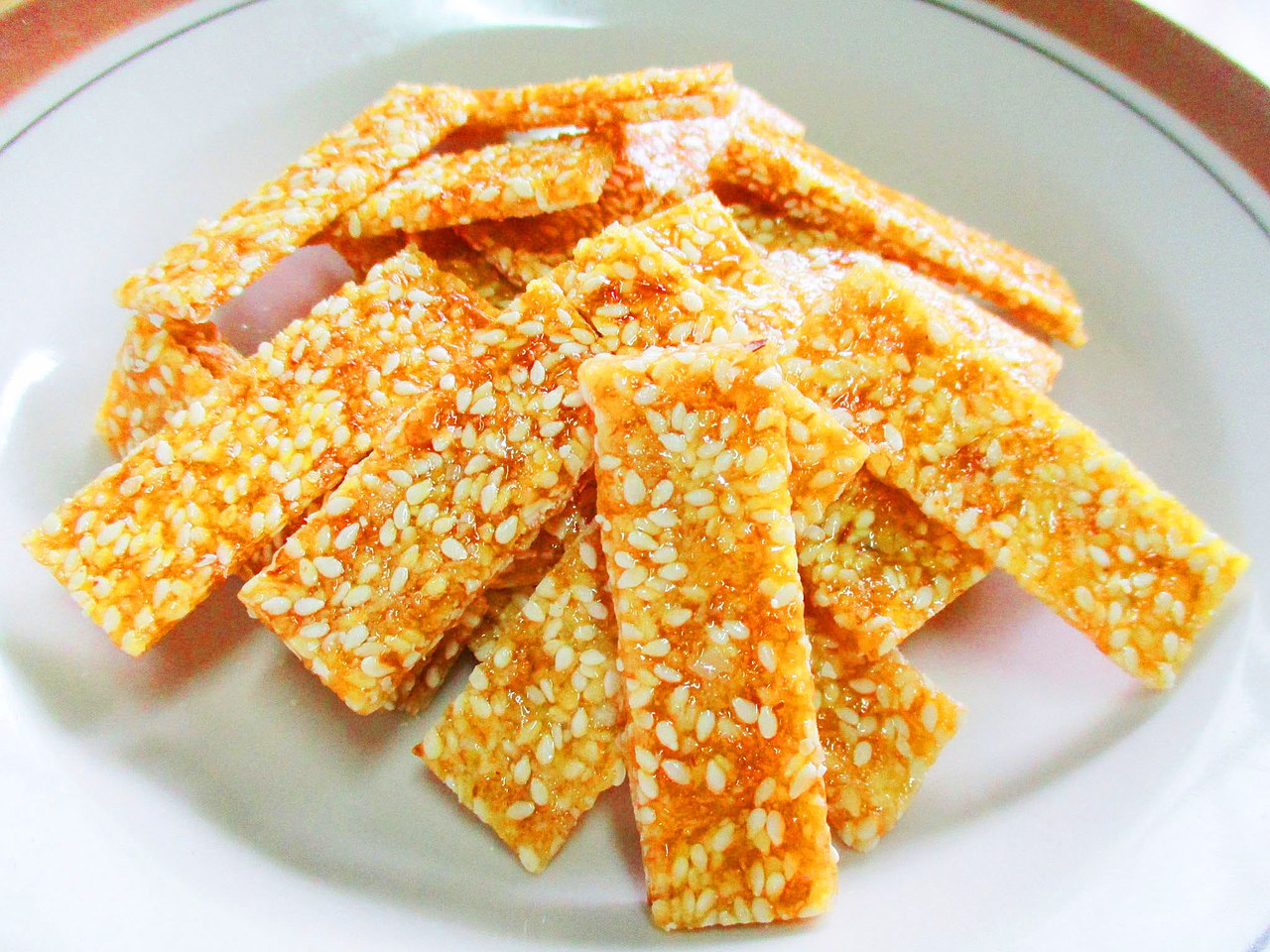These sesame snacks helped to fuel the march of Alexander the Great’s army as it travelled east
Similarities in ingredients and approach between Greek and Middle Eastern cuisine are rather interesting if you care to venture down that rabbit hole and can be traced back to the ancient era. Take, for example, this simple sesame and honey based confection that has variations in both modern Greece and Iran, but can be traced back to the era of Alexander the Great and the First Persian Empire.
This energy bar can be made with just sesame and honey as its base, but many have looked to tweak it with local nuts, citrus peel and dried fruit. Here we’ll offer a relatively simple variety with options for adding more flavour and drastically changing the texture if you want something more brittle.
Ingredients:
• 200g sesame seeds
• 120ml honey
• 100g chopped nuts, almonds or pistachios (optional)
• 60g sugar (optional)
• Olive oil
Method:
• First we want to toast the sesame seeds. Heat up some olive or vegetable oil in a pan on low to medium heat and tip in the sesame seeds, stirring to stop any from catching, until golden brown. Don’t let them get too brown as they can become bitter.
• Once the seeds have been cooked, which should take around 10-15 minutes, remove them from the stove top and tip them onto a plate so they stop cooking. Place the pan back on the stove.
• Pour your honey into the pan and bring to a simmer, stirring constantly, for about 5 minutes. If you’re using sugar, this should be added with the honey.
• Turn off the heat and add the sesame seeds, as well as the nuts if you’re adding them. Mix them well together and then empty the mixture into a parchment-lined baking tray. Use an oiled spatula or spoon to flatten the mixture out.
• For the sugarless version of the recipe, place this tray in the fridge to cool for 20-30 minutes. This version of the bars is softer and bendy with a nice chewy texture.
• If you used sugar, leave the tray out to cool at room temperature. Once it firms up a little take this opportunity to cut into bars as these bars will become hard and cutting will be more difficult later.
Main image source: Danangtrihartanto (CC BY-SA 4.0)
This recipe was originally published in All About History 88. For more history recipes, check out…

